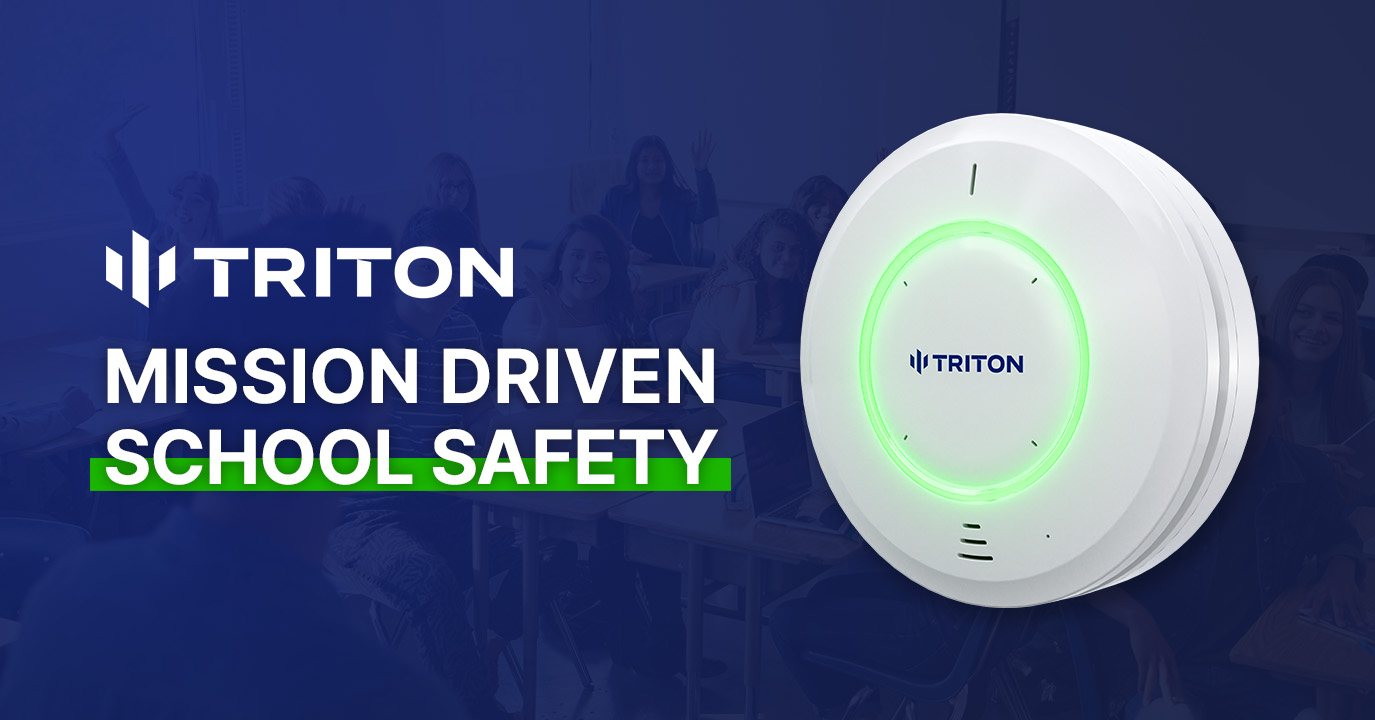The vaporization of schools was unstoppable not long back. Students would sneak in the bathroom between classes to inhale flavored nicotine and THC vapors. Teachers and administrators were powerless until districts began to use a new method to shield these students: the vape detection.
Schools across the country are reporting major success stories, demonstrating just how innovative technology can be in fighting the smoking epidemic.
A Case Study of reducing vaping by 83% in 10 Weeks
Luling Independent School district had an extremely serious issue with smoking. Despite repeated warnings and stricter policies, students continued to smoke cigarettes in lockers and bathroom rooms. Traditional smoke alarms were useless against vapors, and the staff couldn’t be everywhere at once.

In March, the district put in numerous vape detectors in the schools to test the technology. The results were impressive. In just five short weeks smoking vapes had slowed noticeably. In just ten weeks the vaping rate fallen by 83%..
For administrators, the results went beyond figures. Teachers reported less interruptions and students began to understand that vaping will never be left unattended.
Match Charter Schools also enjoy similar successes
Match Charter Schools is another effective model. They had to fight back against vaping at middle and high schools. They put in place a set of smoke alarms for vapes in August and noticed immediate results.
In December, just four months after, the administration reported an 80% decline in weekly vaping incidents. Parents praised their school for taking concrete measures to safeguard children. Teachers also noted less hallway loitering and the crowded bathrooms.
The two districts mentioned above illustrate an increasing trend: Schools that implement vape detection report measurable improvements to both their behavior and overall safety.
What is it that makes vape detectors so effective?
This technology is what gives the results. Modern vape detectors don’t only detect vapor, they also track the quality of air, track occupancy, and even send notifications in real time to staff. This means that administrators won’t need to rely only on guesswork or after-the-fact reports.
And, most importantly than that, detectors are built with security in mind. No cameras. No audio recording. Accurate, instant data is all that’s needed to aid schools in making quick decisions without compromising students’ rights.
The combination of effectiveness cost, compliance and efficiency makes vape detectors the most effective safety tool schools can use today.
The Safety Net Expands Beyond Vaping
What many administrators understand is that detectors are not just for vaping prevention. Advanced systems can detect loud noises and triggers that are linked to emergencies, and even vandalism threats.
For example, if a group of students starts lingering in a bathroom The detector will be able to detect an unusually high occupancy. If a person shouts distressing words, like “help,” staff can be alerted immediately. This way, vape detection devices for schools are part of a larger safety strategy that addresses dangers to health as well as potential violence.
The reasons why parents and boards support Vape Detectors
Transparency brings with it a credibility that is often ignored. Schools that use detectors are able to generate reports that clearly show trends in vaping activity. The reports are then shared with school board members, parents and community members, providing evidence that tangible steps are being implemented.
Parents especially respond positively to the tangible results. A vape smoke detector isn’t just catching students it’s protecting their health and reinforcing the message that vaping has no place in schools.
The Summary of the day: A Proven Path to Take
In the past, smoking cigarettes felt like an invisible battle that schools could not take on. However, research conducted in districts all over the nation prove that it isn’t so. With a vape detector, administrators can track incidents in real-time to deter risky behavior and provide safer spaces for their students.
The vaping issue isn’t over yet however, the tide is turning. Vape detection isn’t just a reaction to the issue, but a way for schools to set the standard for making their schools a healthier place for their students.
Conclusion
Schools in Texas and Massachusetts have proven that technology can work. Modern vape detectors do more than just sound the alarm. They alter behavior create trust and offer lasting solutions to today’s largest health concern for students. Vape detectors at schools aren’t an experiment for any district which is concerned in ensuring the safety of its students. They’re now the standard.